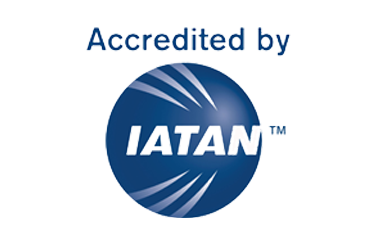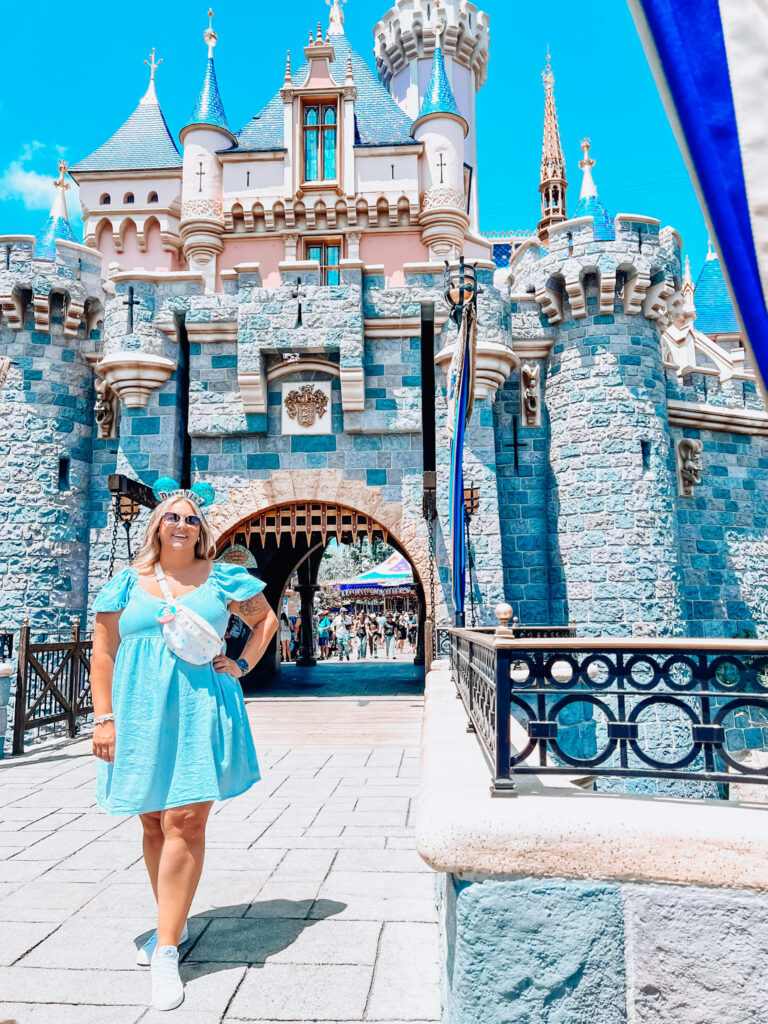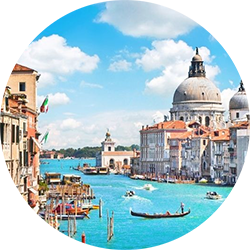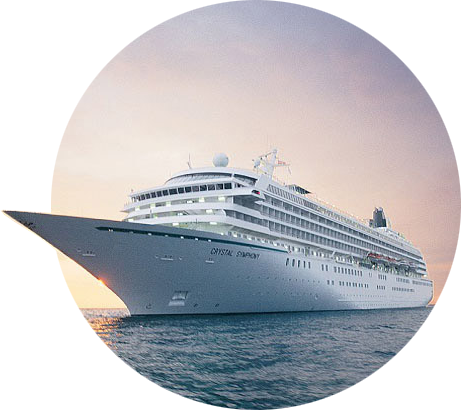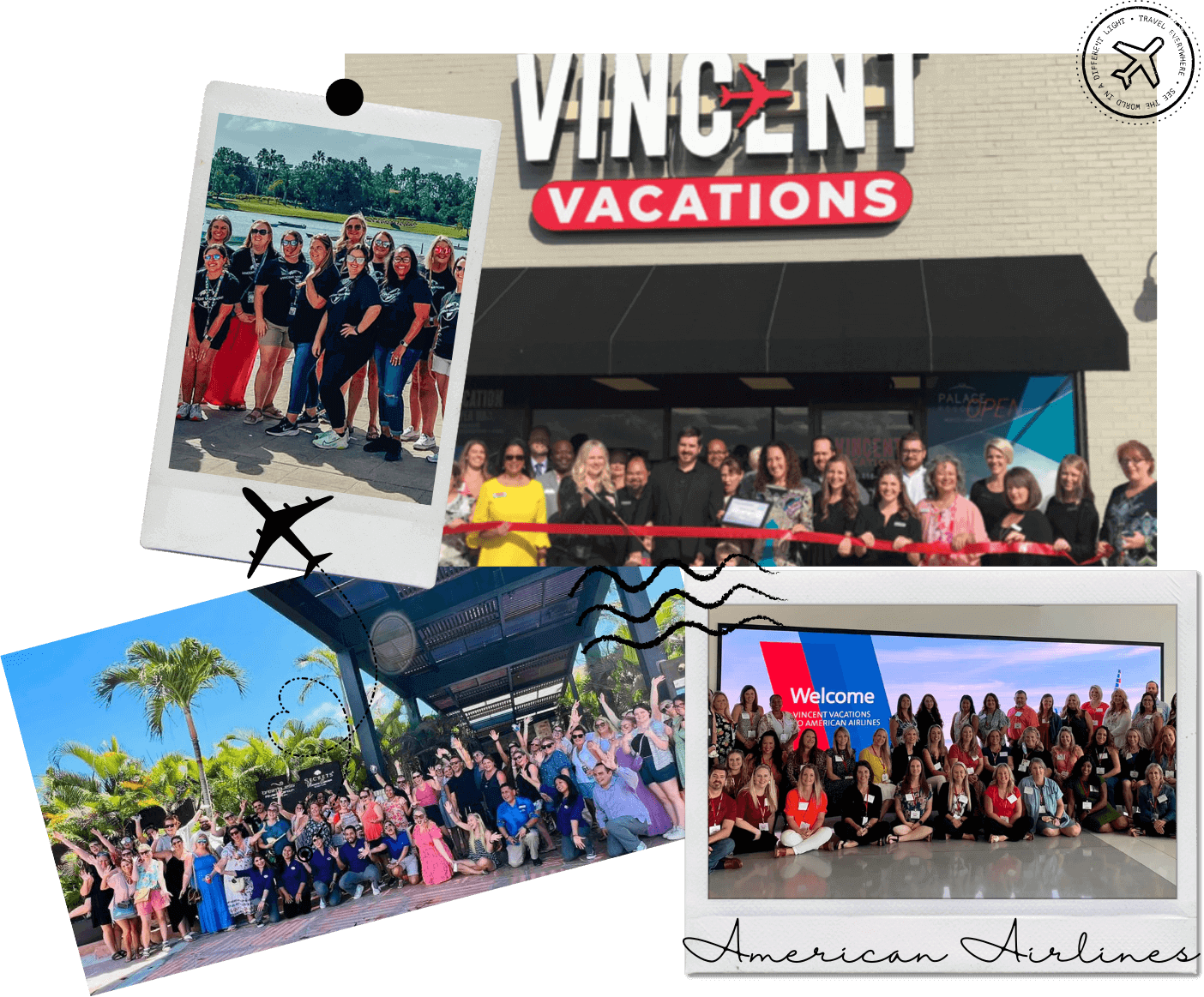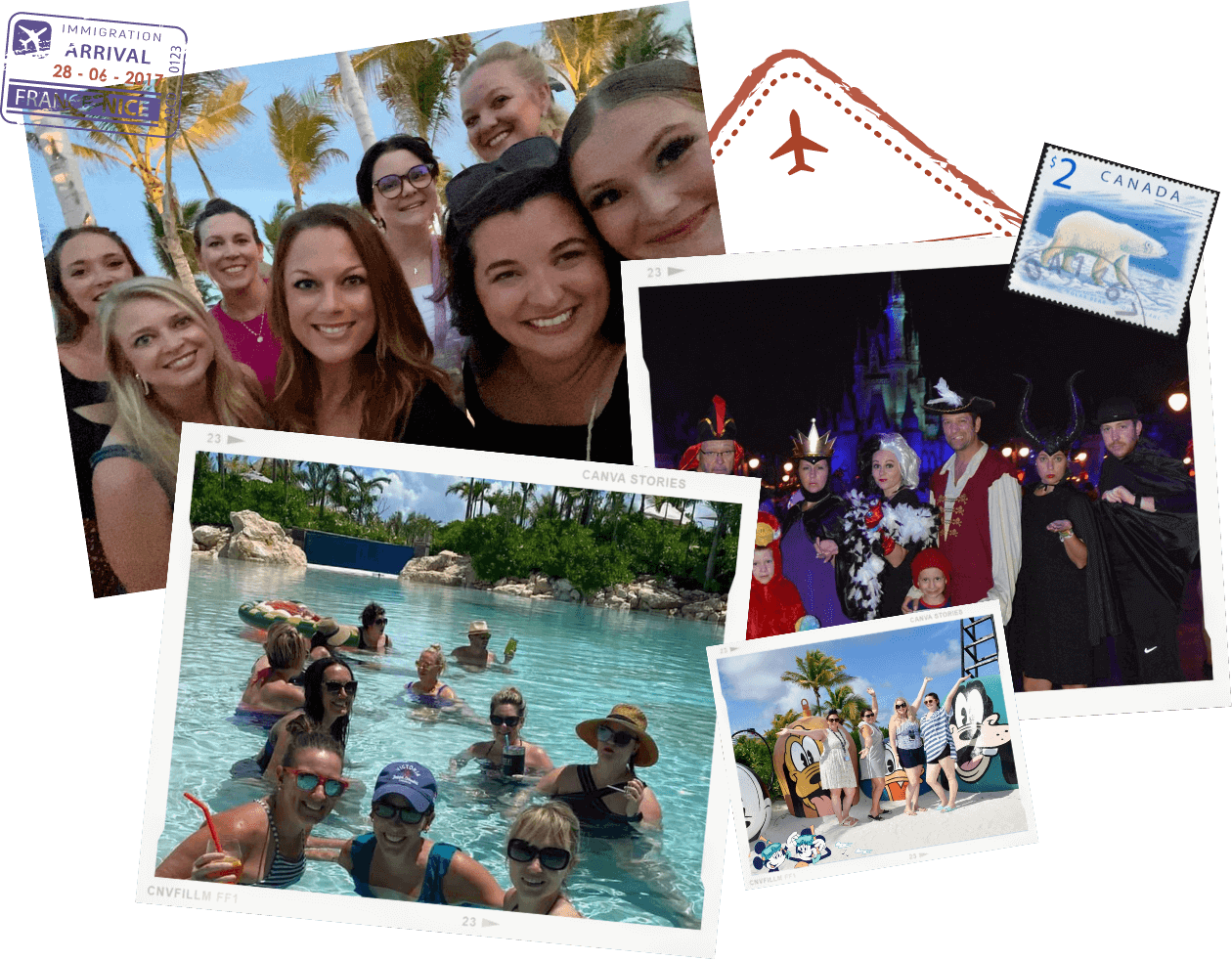Overview
Introduction
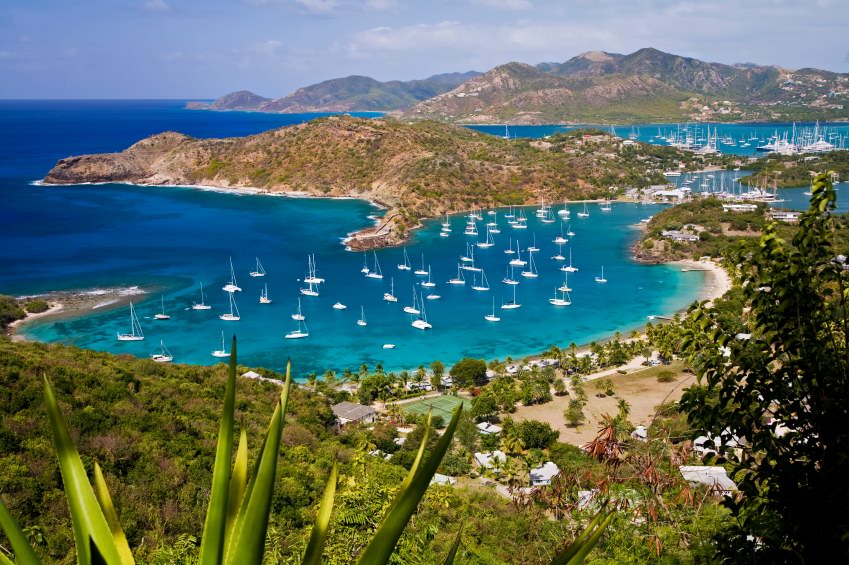
This charming seafaring town on the south coast of Antigua is rich in history. It contains Nelson's Dockyard, named for English naval hero Horatio Nelson, who commanded British forces 1784-1787. Antigua was at that time Britain's most strategic naval base in the West Indies—partly because of its constant winds, but also because of its location along the trade routes.
These days, you're likely to see lots of tourists strolling about the beautifully restored Georgian buildings, as well as impressive yachts docked in the harbor. Take some time to explore the dock. Antigua's charter boats are based at Nelson's Dockyard, where both "bare boat" (crew your own) charters and fully staffed boats are available throughout the year. During the Antigua Sailing Week activities in April, yachties from around the world descend on the little port. (Their parties have developed their own reputation.) Sailing is so popular in Antigua that several resorts have sailing schools, giving landlubbers a chance to learn everything from tacking to how to capsize (yes, there is a proper procedure).
The historic buildings in Nelson's Dockyard National Park still look much as they did in the late 1700s. Among the buildings of note is Clarence House, built in 1786 for England's King William IV (though he wasn't yet king at that time). It's open to visitors when not being used by the governor general. There's a museum in the former Admiral's House and shops, restaurants, galleries, inns and a modern visitors center, all open daily. Phone 463-1379. English Harbour also has an interesting cemetery and a public market.
For great views of the bay, take the short trail from English Harbour to Fort Berkeley. (The ruins of the fort aren't much to see, but the walk has great views.) Another ruined fortification lies just north of Falmouth, about a mile/kilometer down a dirt track. Monks Hill Fort, also known as Fort George, is encircled by high walls of green stone. It's easy to walk there, but if you'd rather drive, you'll need a four-wheel-drive vehicle.
If you take a cab to English Harbour (about US$30 from St. John's), ask your driver to drop you at Shirley Heights first. The gun emplacements and fortifications on this ridge of hills were built in 1781 to protect the dockyard. On clear days, the Shirley Heights Lookout has spectacular views of Guadeloupe and Montserrat in the distance, and islanders flock there on Sunday afternoons to enjoy steel bands and a West Indian barbecue. Steel-pan music begins around 6 pm, and local reggae and soca acts take the stage later in the evening. The Dow's Hill Interpretation Centre at Shirley Heights has Arawak Indian artifacts and a film about the island's history.
If you have time, Fig Tree Drive is a scenic road through the southwestern part of the island that starts at Swetes (northwest of English Harbour). It then winds through what's left of Antigua's rain forest, past wild pineapple, mango and banana groves. (The drive takes only 15 minutes.) Along the way, you'll pass Boggy Peak, the highest point on the island, which is covered by forest. From the top, you have a splendid view of Guadeloupe, Monserrat, Nevis and St. Kitts. If you are traveling by bicycle, make sure you go down Fig Tree Drive coming from All Saints to Liberta Road on the way to Old Road—this hill is extremely steep. English Harbour is about 12 mi/20 km southeast of St. John's.










